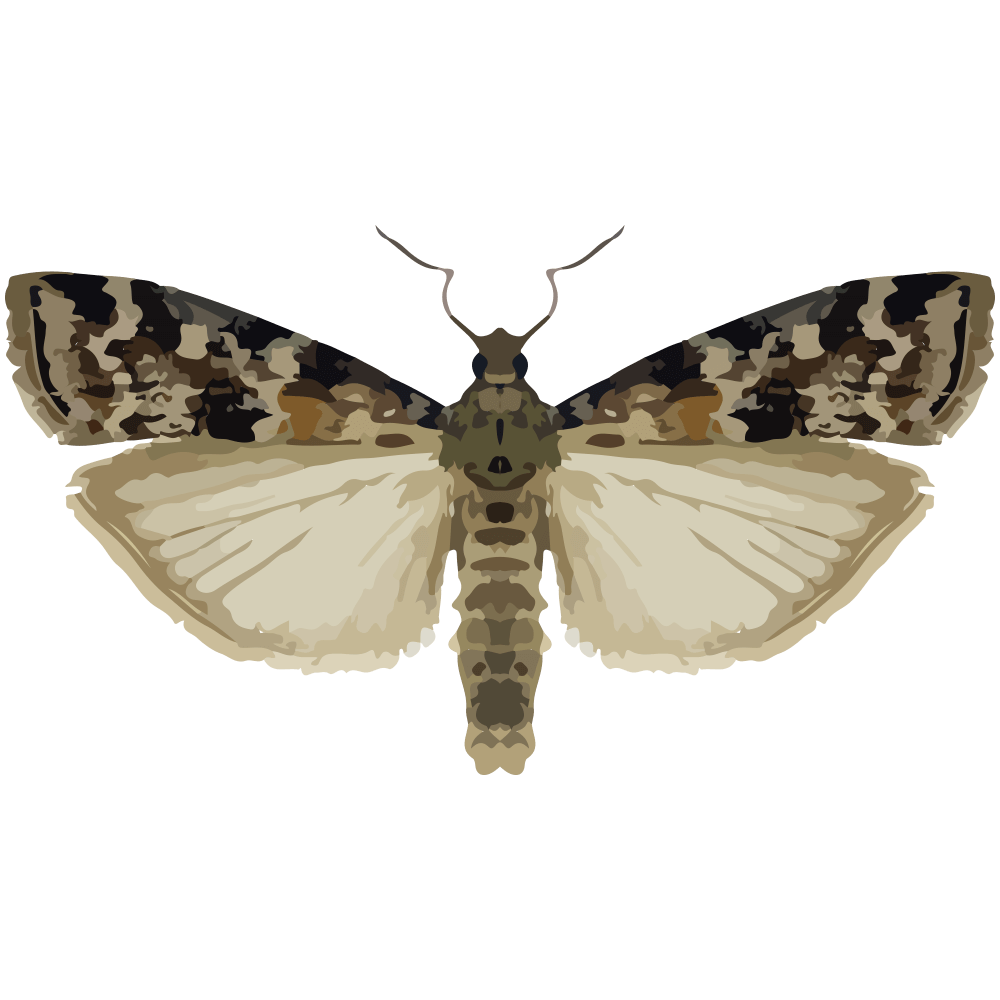


| Latin Name | Dioryctria sylvestrella |
| Common Name | New pine knot-horn; Maritime pine borer |
| Biology | Adults are nocturnal, exhibiting phototaxis, and lay eggs on young shoots, needles, or cones of pine trees. Larvae bore into new shoots, causing shoot wilting and gall formation, which severely impacts pine growth and timber quality. This species completes 2–3 generations annually, overwintering as larvae within damaged shoots. |
| Damage | Primary hosts include Pinus massoniana, Pinus tabuliformis, and Pinus thunbergii. |
| Distribution Regions | European coniferous forest |
| Monitoring | Pheromone lures mimic natural sex pheromones to attract male insects into specialized traps for population monitoring and suppression. As a core IPM component, monitoring enables early risk detection and targeted control. Mass trapping reduces mating opportunities to curb offspring populations. Protocols: ●Use only with matched traps. ●15-45 traps/hectare,replace/replenish every 4-6 weeks. ●Wear gloves or wash hands with detergent when switching lure types. ●Refer to trap-specific hanging instructions. |
| Recommended Traps | Delta Trap, Wing Trap |

Comparta su información de contacto para recibir soluciones de feromonas de precisión. En caso de que nuestra cartera existente no se adapte de forma óptima, nuestro equipo de química sintética iniciará el desarrollo personalizado, desde el diseño de la estructura molecular hasta la producción a escala.